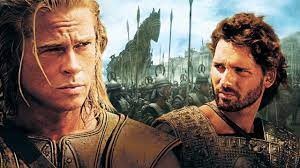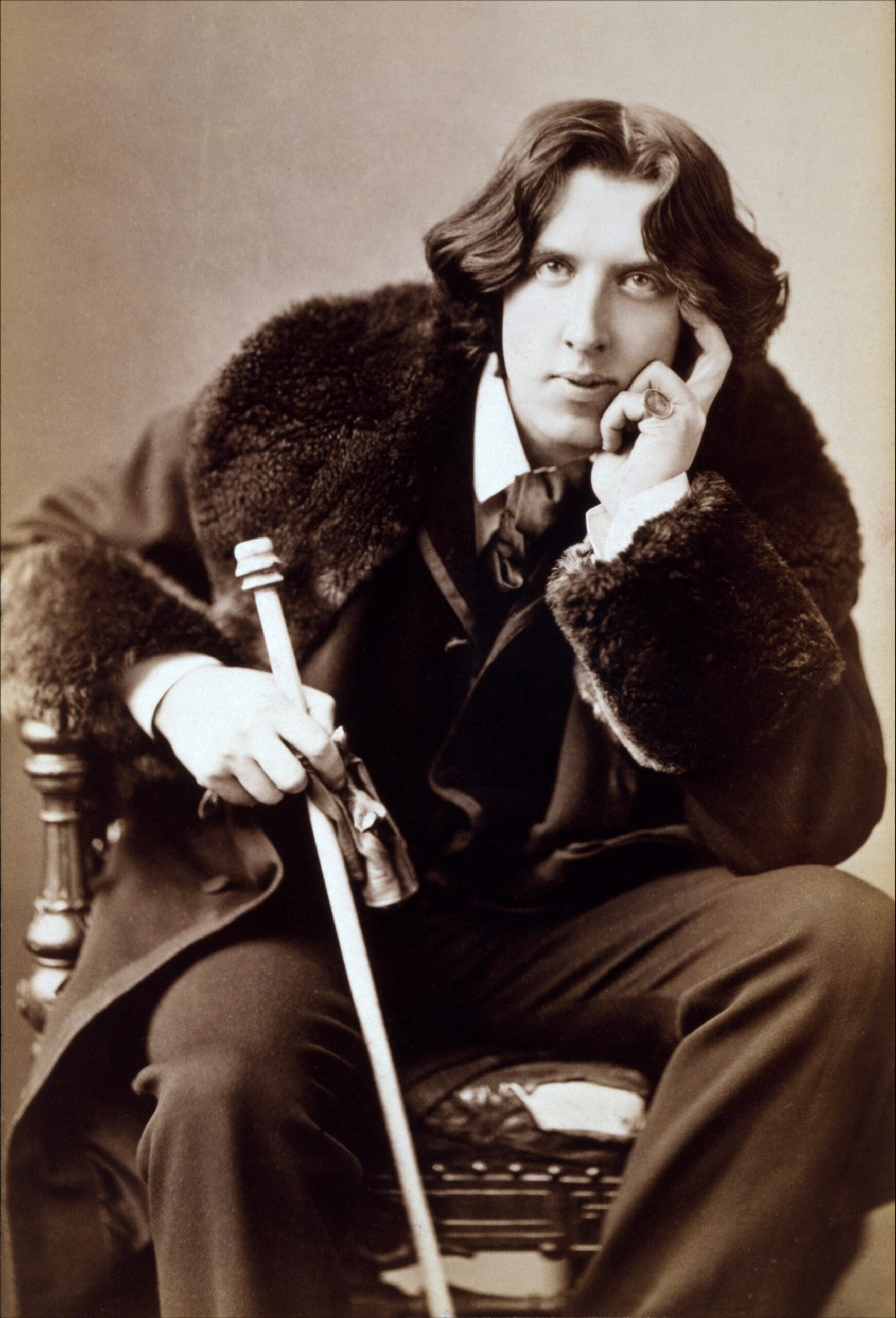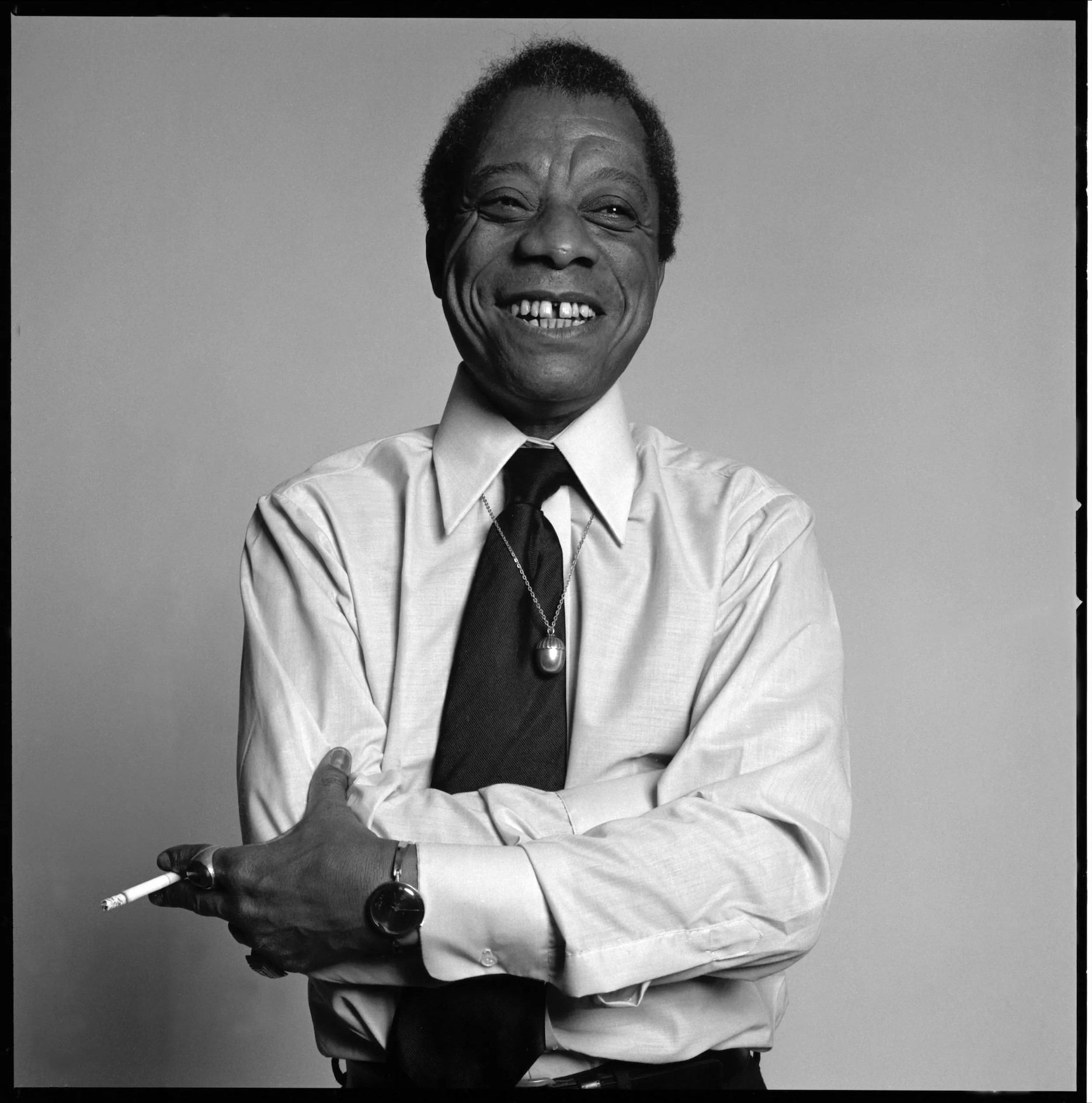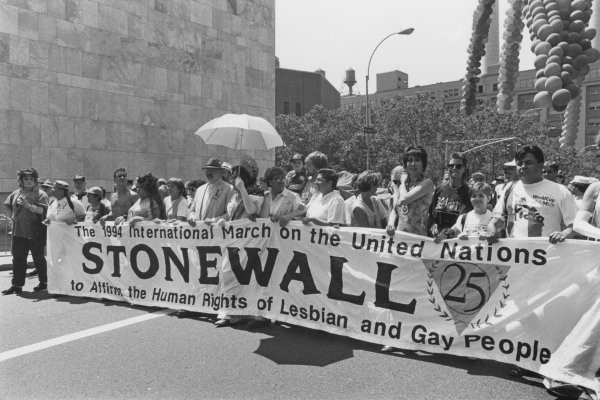“Appalling agenda, encouraging the teaching of homosexuality in schools, and all the rest of it” -Boris Johnson, spectator magazine, 2000.
This viewpoint may seem shocking, but it has often been remarked by homophobes, in an attempt to combat what they see as ‘dangerous PC culture’, that the emergence of an LGBT lifestyle originated in modern day society. This commentary is then more often than not followed by the opinion that this new-fangled LGBT lifestyle is somehow “corrupting society”. However, when we look back on early works of Literature – even what is considered to be the earliest work of classic literature – the Iliad – we can see that same sex orientation has always been a part of life.
I was inspired to write this article after participating in English Enrichment club, where we were encouraged to present a PowerPoint on a topic or book of our choice; my choice ended up being ‘Giovanni’s Room’ by James Baldwin, one of the earliest examples of non-censored Queer Literature. It was through researching the life of James Baldwin that I became interested in the history of LGBT Literature.
Literature in the Classical Period
The first piece of Classical Literature that can be interpreted as LGBT is actually one of the oldest surviving works in Western Literature: The Iliad (c.700-750 B.C), specifically, the characters of Achilles and Patroclus.

While not explicitly written as lovers by Homer, the author of the Iliad, there are homoerotic undertones in the poetry. For example, after hearing of Patroclus’ death, Achilles is thrown into a deep grief, and uses language of mourning very similar to that of Andromache mourning the death of her husband, Hector. He also lies down with Patroclus on his funeral bed – the most explicit indication that the two were lovers – and requests that, after he dies, his aches will be mixed with Patroclus’ so that they can be together after death.
In addition, many later classical authors, such as Aeschylus, openly depicted the two as being in a relationship, and Plato’s symposium holds up Achilles and Patroclus as examples of divinely approved lovers. Therefore, it is evident that the people of Ancient Athens interpreted Homer’s depiction of Achilles’ relationship with Patroclus as a same-sex relationship.
However, in the post-Classical era, tradition was usually to depict Achilles as completely heterosexual, and only having an extraordinarily deep friendship with Patroclus. This is because medieval Christian writers deliberately suppressed the homoerotic depictions and erased the same-sex relationship between the two, instead labelling them as ‘friends’ or ‘cousins’ because, in their eyes, it was impossible for the hero of a story to be in a same-sex relationship.
Or, whenever the relationship was openly depicted, it was done so as a negative portrayal or even a joke, such as Shakespeare’s ‘Troilus and Cressida’. This deliberate erasure has impacted many generations worth of interpretations of the Iliad, some as recent as 2004, which saw the Hollywood blockbuster, ‘Troy’. In this movie, Patroclus’ role within the story was greatly diminished, and, again, the two were depicted as cousins rather than lovers. In recent years, there has been a renewal in cultural interest towards the Iliad, culminating in Madeline Miller’s ‘The Song of Achilles’, which does openly depict the two as having a same-sex relationship, and was relieved well among critics for embracing the homoerotic undertones in its source material. Therefore it is possible to see the changing attitudes towards homosexuality throughout time in the different interpretations of the relationship between Achilles and Patroclus that correspond to each period.
Literature in the 19th Century

One of the most famous early examples of a homosexual public figure came in the form of Oscar Wilde, and for my second case in point I will be discussing the uncensored version of his most famous novel, “The picture of Dorian Gray”. Tragically, the material from this novel was used as evidence against Wilde for his criminal conviction for gross indecency and his sentencing to a forced labour camp, from which he never fully recovered. While “the picture of Dorian Gray” has since been recognised as a classic of Gothic Literature, it was originally met with much criticism from Wilde’s contemporaries. The character Dorian Gray was characterised as being implicitly homosexual, and, in his writing, Wilde alludes to Gray having relationships with the characters of both Basil and Henry. The suggested orientation and promiscuity of the book’s titular character meant that “the picture of Dorian Gray” underwent heavy censorship before publication, and even then was received by readers with shock and horror, showing that nineteenth century audiences were still nowhere near open to the idea of homosexuality.
It was as a result of this societal close-mindedness, as well as the arduous censorship laws of Victorian England, that left many authors who wanted to openly portray Queer characters having to resort to merely hinting at their characters’ sexualities; Oscar Wilde is a prime example of this. In the modern day, this is known as queer-coding, and it involves sub-textually classifying a character as LGBT through the use of traits and stereotypes recognisable to the reader/audience, such as exaggerated masculinity and femininity, vanity, and hyper-sexuality.
Famous examples of this include a surprisingly large amount of Disney villains, such as Scar from “The Lion King”, Jafar from “Aladdin” and Ursula from “The Little Mermaid”, whose characterisation was actually based off of Drag Queen “Divine”. While Queer coding was necessary at the time of Oscar Wilde and his contemporaries, its use in the modern day it has been criticised for having a negative impact on of perceptions of queerness in media, as it is usually antagonists who are coded as Queer. The ongoing debate about the seriousness of Queer coding shows the negative impact that the censorship of homosexuality in literature had, even decades into the future.
Literature in the 20th Century
In the Twentieth Century, as Western Society started to secularise, homosexuality became slightly less of a taboo topic, and, consequently, society developed a better understanding of it. More out-and-proud public figures began to circulate in pop culture, and more novels with gay themes appeared in the domain of mainstream literature. Such novels include: James Baldwin’s ‘Giovanni’s Room’, a story about an ill-fated LGBT relationship taking place in Paris; Truman Capote’s ‘Other Voices, Other Rooms”, a semi-autobiographical LGBT coming of age novel, which ends with the protagonist (a literary surrogate for Capote) coming to terms with and accepting his own homosexuality; and E.M. Forster’s ‘Maurice’, a love story which he wrote in secret and published posthumously with the dedication “To a happier year”, showing ultimately that even though slight progress had been made, there was still endless rampant homophobia in the 20th Century.
It is also worth noting that most books with Queer themes written around this time end in tragedy, and often have recurring themes of feeling misunderstood or even trapped (referenced in the titular room in ‘Giovanni’s Room’, which is compared to a prison cell) which tells us of the anguish that would’ve accompanied being a gay person in a less accepting time.

Literature in the Modern Day
In the wake of the Stonewall Riots in 1969 – which are is widely seen as a watershed moment in the Gay Rights campaign – and as time moved into the 21st Century, much of LGBT literature has been published to open acclaim and become ingrained into mainstream culture. ‘Less’ by Andrew Sean Greer, a satire which follows the story of a middle-aged man travelling the world to numb his loss of the man he loved, became the first gay novel to win a Pulitzer Prize in 2018. Similarly, in 2004 Alan Hollinghurst won the Booker Prize for ‘The Line of Beauty’, which chronicles the life of a young, gay man growing up in Thatcher’s Britain. We can see in these wins an incredible amount of progress has been made in the acceptance of LGBT literature. Gone now are the days of heavy censorship and the criminalisation of homosexuality that people such Oscar Wilde and E.M. Forster saw. Obviously, there is still a long way to go in terms of equality, and many mainstream queer books are still being, mocked, criticised, or politicised by commentators, but it is also heartening to see the progress that has been made in the wake of the gay rights movement and the possibility of further progress. It is also interesting to see how the literature being written, and the relationships being depicted, reflects the time period that the author lived in.

“The Iliad” was written at a time when pederasty was seen as a socially acceptable custom, “The picture of Dorian Gray” when people had to either hide or repress their sexuality, “Giovanni’s Room” in the wake of the start of the moral revolution in the 50/60s, and now, in the modern day, most queer writers in western society have the freedom to explain their sexuality on their own terms, not on the terms of a repressive society.
By Alenxandra Vincent
April 1, 2022 @ 9:14 am
I loved reading this, thanks so much for writing it!